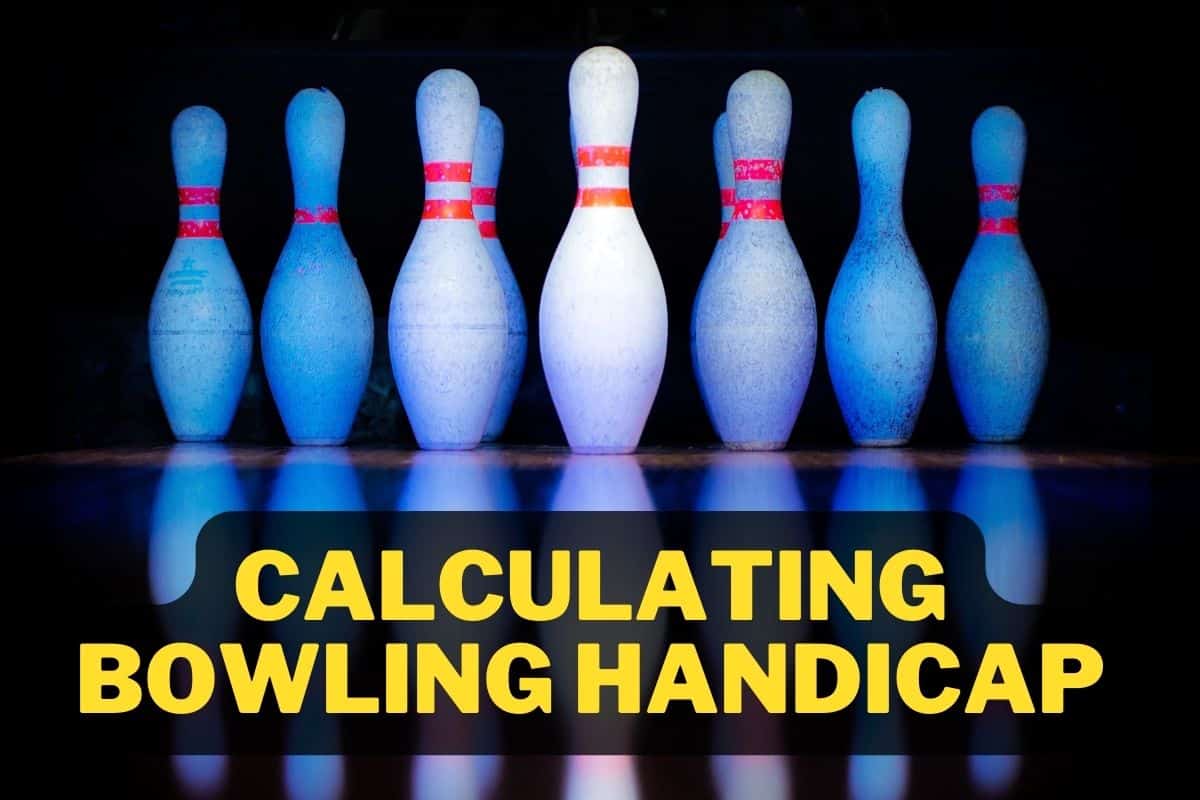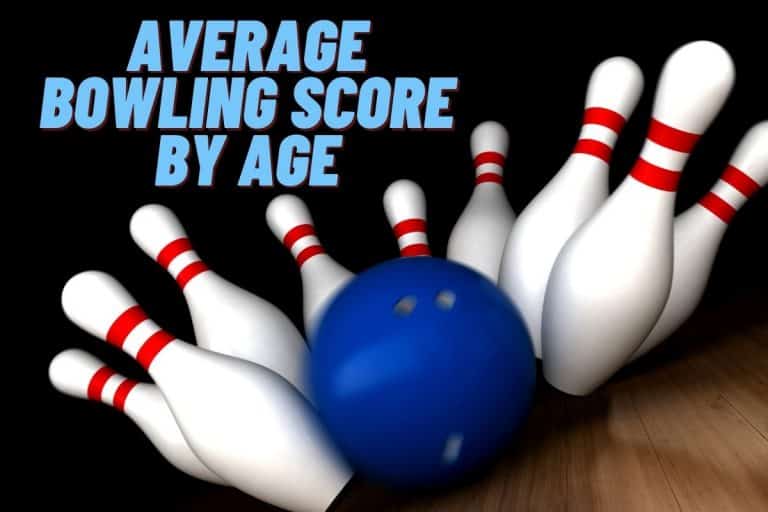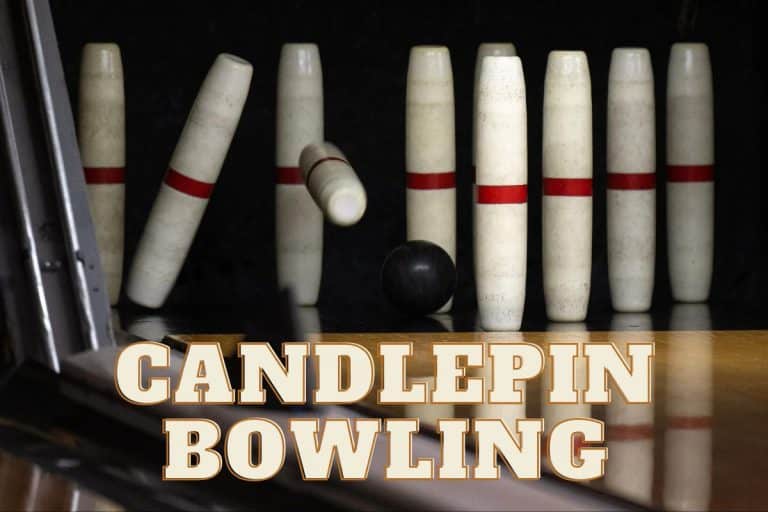How To Calculate Bowling Handicap [Complete Guide]
Handicaps are a part of blowing, just like in many other sports. This may seem like a lot to take in for those unfamiliar with the concept. Don't worry if the idea of a handicap in a bowling game is completely foreign to you; in this post, we'll discuss bowling handicaps and how they're determined and applied.
In many sports, handicaps are used to level the playing field and give everyone a fair chance at victory. This means that experienced players can compete against those who are just starting. In doing so, handicaps can also add a layer of excitement and drama to the game while maintaining a sense of fairness and equality.
The same case applies to bowling, where handicaps can be used to even out the playing field. In bowling, handicaps are used to give bowlers with lower averages a chance to compete with higher-scoring bowlers. Therefore as a new bowler, you don't have to feel overwhelmed when playing against more experienced bowlers. This post details how bowling handicaps work so you can understand and use the system to your advantage. If that sounds interesting to you, then let's dive right in!
What Are Bowling Handicaps?
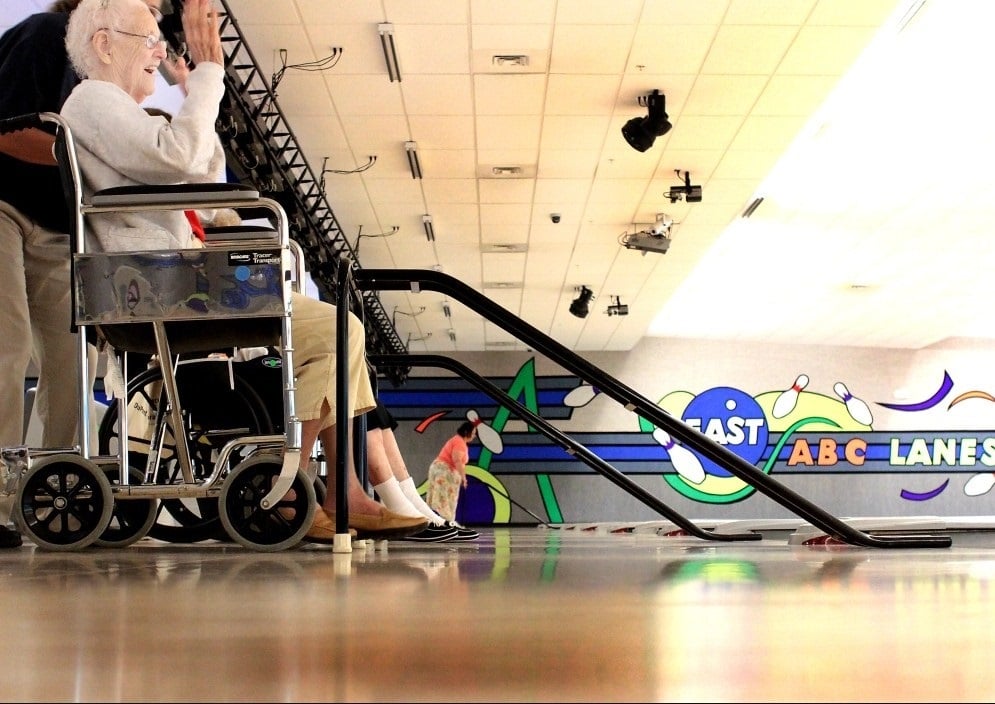
Bowling handicaps are an integral part of the sport of bowling and can greatly affect the outcome of a game. If you are playing in a league or tournament, knowing how bowling handicaps work can be a huge advantage. The main idea behind handicaps in bowling is to even the playing field and ensure that all bowlers have a fair chance at winning. The United States Bowling Congress (USBC) defines handicapping as a method for matching up bowlers and teams of differing ability levels in a competitive setting on a level playing field. This means that bowlers with low experience or skill can compete against more experienced bowlers without being disadvantaged.
Understanding Bowling Handicap Scores
Now that you know what bowling handicaps are and how to use them to your advantage, you may wonder how to calculate and understand your handicap score. The following is a detailed guide to calculating and understanding your bowling handicap score:
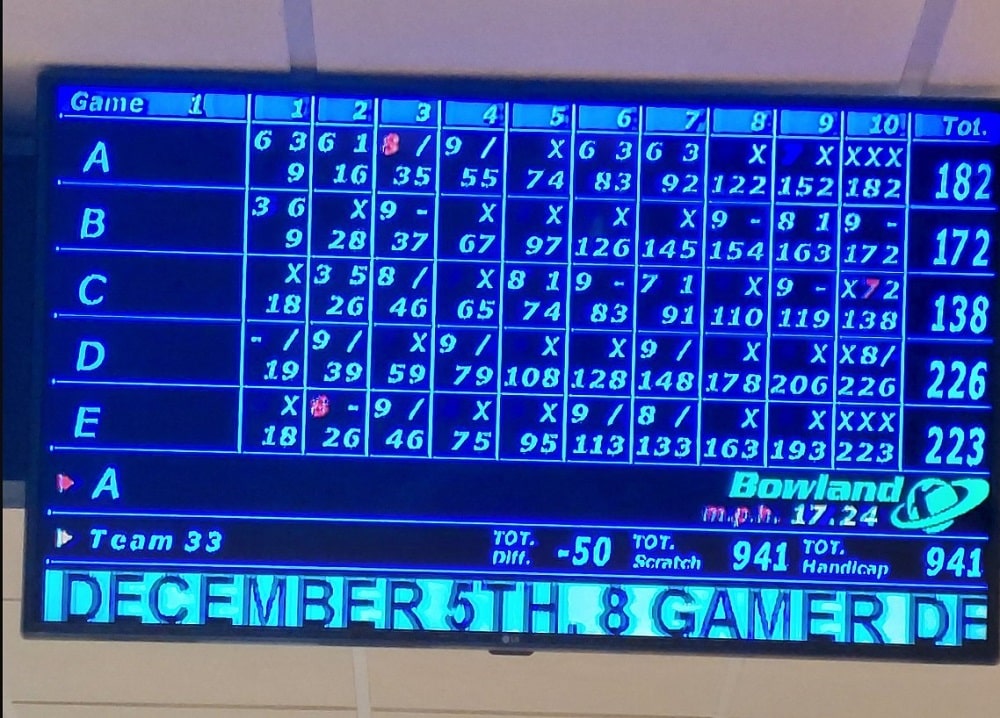
1. Find the basis score: The basis score is the highest score set in the game or league, above the best player's average score.
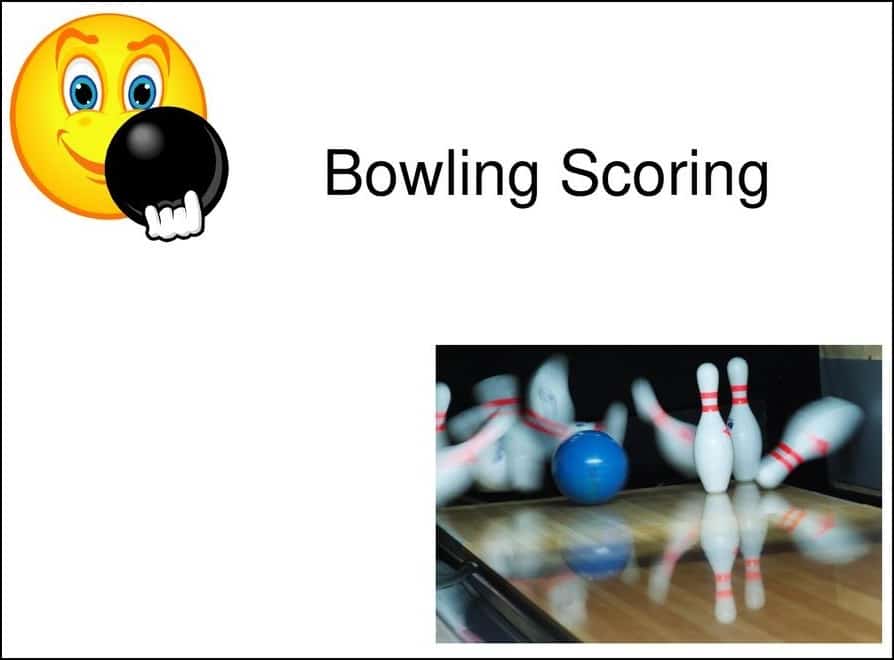
2. Determine your average score: Calculate your average score from official league games you have played, or use the average of your most recent games if you don’t play in a league.
3. Calculate the handicap: Use a percentage of 80 to 100 to calculate the handicap, with 90% being the most common.
4. Calculate the handicap for new leagues: If you are new to the league, ask for an average until you get some scores on the board. Subtract your average score from the basis score, then multiply the result by the percentage factor.
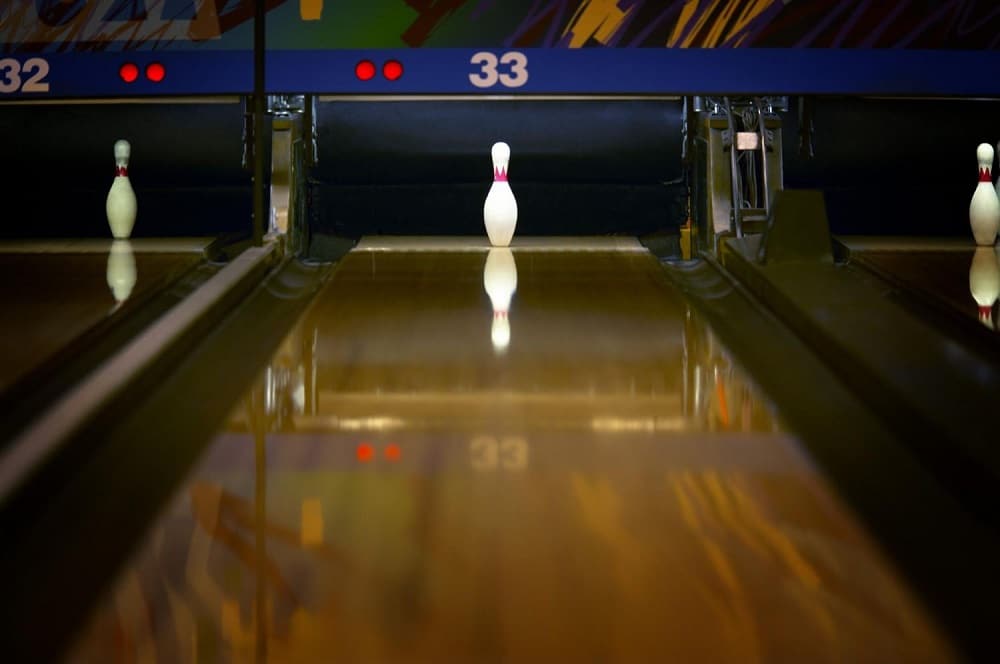
5. Ignore decimals: Ignore any decimals you get with your final score and use the whole number.
Your bowling league or a qualified instructor can help you figure out your bowling handicap. Just keep in mind that the percentage difference between your average score and the basic average score is your handicap.
What Is The Highest Score You Can Get Using A Handicap?
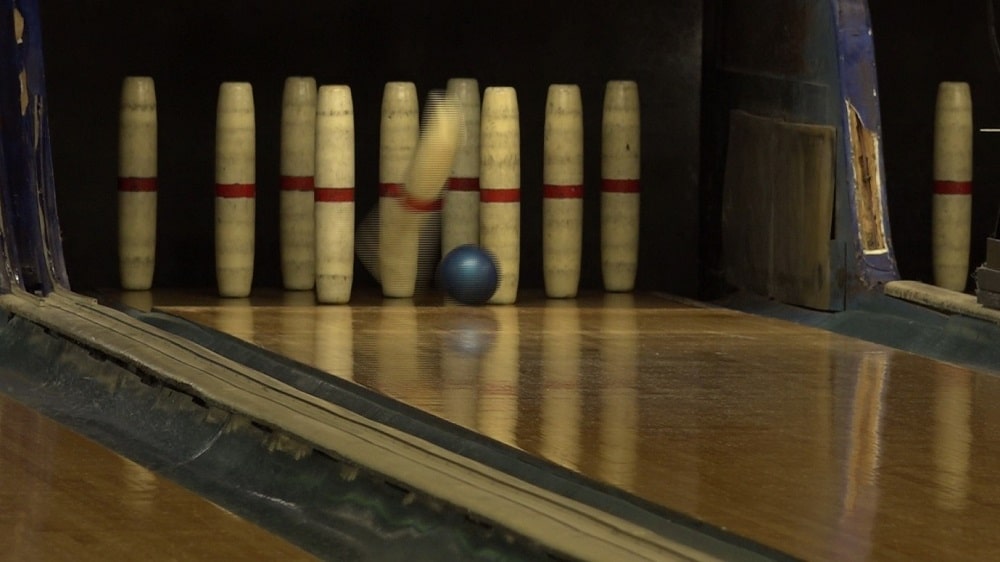
Since handicaps are designed to level the playing field for bowlers of different skill levels, the highest score you can get using a handicap in bowling will depend on the type of handicap being used. Technically, there is no limit to the score you can achieve with a handicap as long as all the rules of the game are followed. In most handicap games, however, the highest score one can get is 219. If your bowling average is 220 or higher, you generally don't require a handicap. However, before implementing any handicaps, you should investigate the rules of your league.
How to Calculate Your Bowling Handicap
A bowling handicap is a way to level the playing field by adjusting a player's score based on their skill level and average performance. It allows players of different abilities to compete against each other more fairly. Here's how to calculate your bowling handicap:
- Determine your average score: To calculate your bowling handicap, you first need to determine your average score. This is typically calculated by taking the total number of pins you've knocked down in all of your games played and dividing it by the number of games played. For example, if you've played 10 games and knocked down a total of 1,500 pins, your average score would be 150.
- Find your league's handicap percentage: Each bowling league sets its handicap percentage, which is typically around 80-90%. This percentage is applied to a player's average score to determine their handicap score.
- Calculate your handicap score: To calculate your handicap score, multiply your average score by the handicap percentage and round to the nearest whole number. For example, if your average score is 150 and your league's handicap percentage is 80%, your handicap score would be 120 (150 x 0.8 = 120).
- Add your handicap to your actual score: Once you have your handicap score, add it to your actual score for each game played. For example, if you bowled a 180 and your handicap score is 120, your total score for that game would be 300 (180 + 120 = 300).
- Repeat for each game: Repeat the above steps for each game played and add up your total score for all games played to determine your final score with the handicap.
Keep in mind that different leagues may have slightly different rules for calculating handicaps, so it's always best to check with your league officials to ensure you're following the correct method.
Why Are Handicaps Used In Bowling?
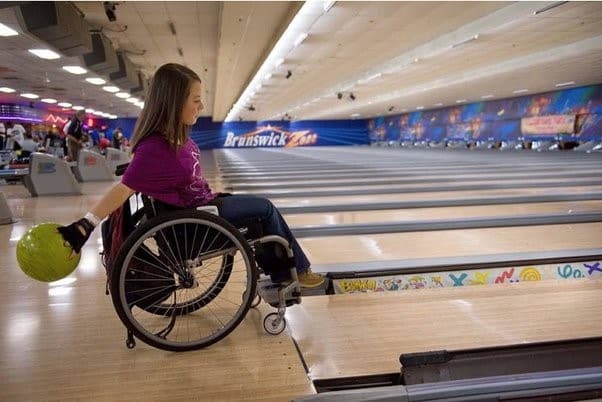
The only reason why handicaps are used in bowling is to level the playing field. This creates a fair ground for people of all skill levels to compete and enjoy the sport. Especially in league bowling, where teams of different skill levels compete against each other As a newbie bowler, knowing that your average score is going to be adjusted against an opponent’s higher average score can provide a sense of security and comfort. It can also boost your confidence, allowing you to focus on improving your game and having a good time. Pros, on the other hand, get a chance to challenge themselves and test their skills since they are at a disadvantage. Handicaps also help those with disabilities to get involved in the game and enjoy it with their peers. Without handicaps, it would be impossible for someone with physical limitations to compete with someone with greater physical ability.
The Debate Around Handicap Scoring
Even though handicaps are meant to create a level playing field, there has been a long-standing debate on whether they should be used in competitive bowling. Most critics argue that handicaps are unfair to the better bowlers because they have to work harder to win. Given that bowling is a game that requires skills and strategy, some argue that it should not be about luck. Therefore, handicaps would be unfair and potentially ruin the game's competitive nature. Nonetheless, handicaps are used in many bowling leagues to make the game more accessible and enjoyable for all players.
Is Handicap Bowling Only In Leagues

Given that handicap scoring is mainly used in competitive bowling leagues, it’s easy to assume that handicap bowling is exclusive to leagues. However, that's not necessarily the case. Anyone can bowl with a handicap, whether in a league or a casual game. Even when playing games at home with your friends, you can use a handicap to level the playing field and make the game more interesting. Your less experienced friends can benefit from the handicap, while experienced bowlers can still challenge themselves.
Bottom Line
Now that you have a better understanding of how bowling handicaps work, you can see that they are an excellent way to level the playing field and create a more enjoyable and competitive atmosphere for all bowlers, regardless of their skill level. Bowling handicaps are not only used in league play but also tournaments and special events. Bowling handicaps can also be used in your home bowling games to even the odds and make it more fun for everyone.
